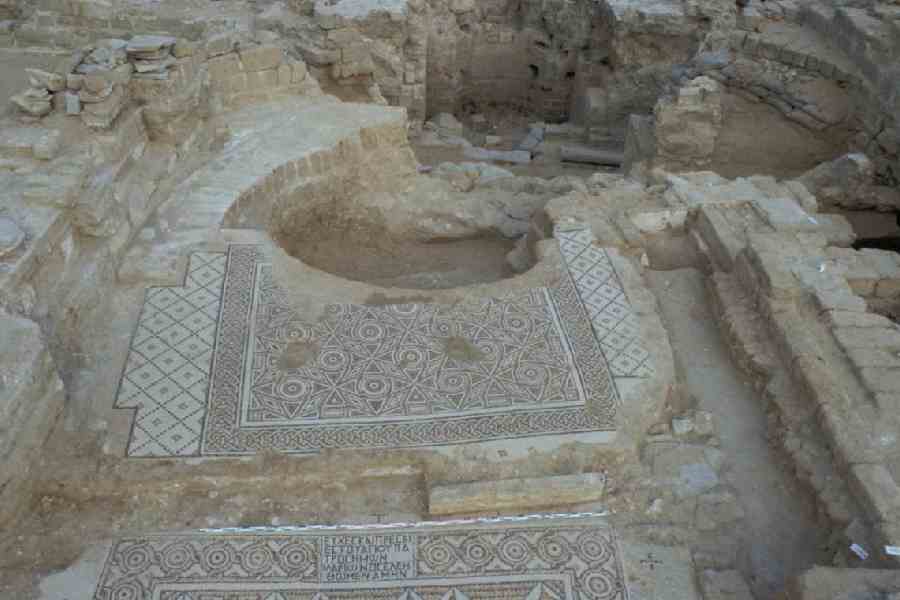Lumbini, the birthplace of the Buddha in Nepal, and Stonehenge in Britain, perhaps the world’s most famous megalithic sites — both of which have been included in UNESCO’s heritage list — will not, however, be enlisted in the List of World Heritage in Danger. This was decided at the 46th session of the World Heritage Committee that is being hosted by New Delhi. The delegates have agreed to give Nepal some more time to complete its ongoing preservation efforts. Lumbini, and also Stonehenge, given the global concern, may yet live to enchant the world. But several other sites in many parts of the world have not survived or may not live long enough to tell their wondrous tales. The latest additions to this long list of deceased or critically endangered heritage include as many as 195 structures that have been destroyed or severely damaged in Israel’s war in Gaza. Among them are such priceless treasures as a harbour that dated back to 800 BCE and a mosque that was the repository of rare manuscripts; one of the oldest Christian monasteries in the world, which has made it to the list of endangered heritage, has, mercifully, escaped the grisly fate that has befallen many other artefacts. Two of Gaza’s museums, the International Council of Museums-Arab says, have been levelled to dust too. Ironically Israel and Palestine are both signatories to the Hague Convention that is supposed to protect landmarks such as these from the ravages of
war. Incidentally, the charges that South Africa has levelled against Israel at the International Court of Justice include the latter’s ploy to annihilate Palestine’s cultural heritage.
Of course, Israel is not the only nation, at present or in the past, to have the blood of heritage on its hands. From the Taliban’s destruction of the Bamiyan Buddhas in Afghanistan to the Islamic State’s ravaging of Palmyra in Syria to colonialism’s depredations in Asia and Africa and, even earlier, the destruction of Alexandria’s great library — each of these incidents points to heritage’s vulnerability at the hands of aggressors. The targeting of heritage has its own twisted rationale: conquistadors of all stripes are interested in effacing the histories of their subjects to consolidate their conquests and subsequent reigns. There is another, relevant motive. Heritage, whether monuments, language, art and such like, often serves as a potent symbol of resistance for a vanquished people. Hence the need for its eradication.
This perpetual threat of oblivion must spur the global community to contemplate concrete — joint — interventions. After all, the world continues to lose heritage in its tangible and intangible forms at a frightening pace with war, neglect, perverse development templates or institutional indifference among the chief causes of their disappearance. At the proceedings of the WHC, the Indian prime minister made a pertinent point: that of greater synergy among the nations to promote one another’s heritage. This could well be the need of the hour as this kind of collaboration could not only foster a spirit of collective solidarity to save what is left of global heritage but also offer the comity of nations a new way of cooperation that could, in turn, pave the way for peace.










